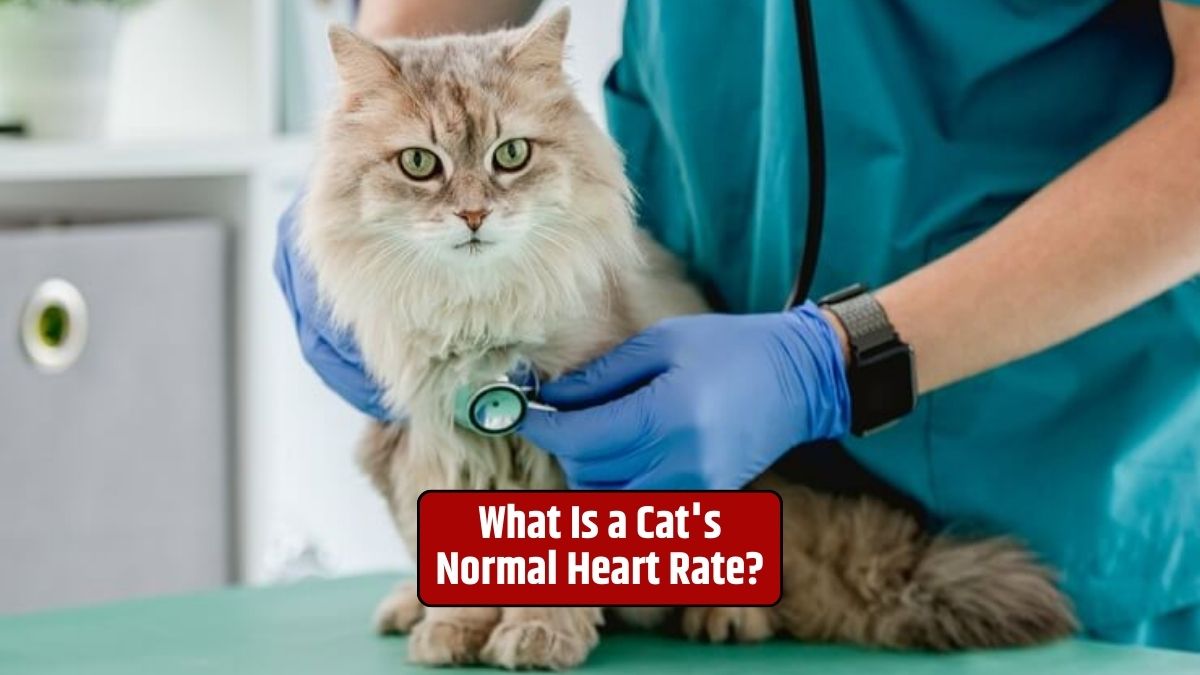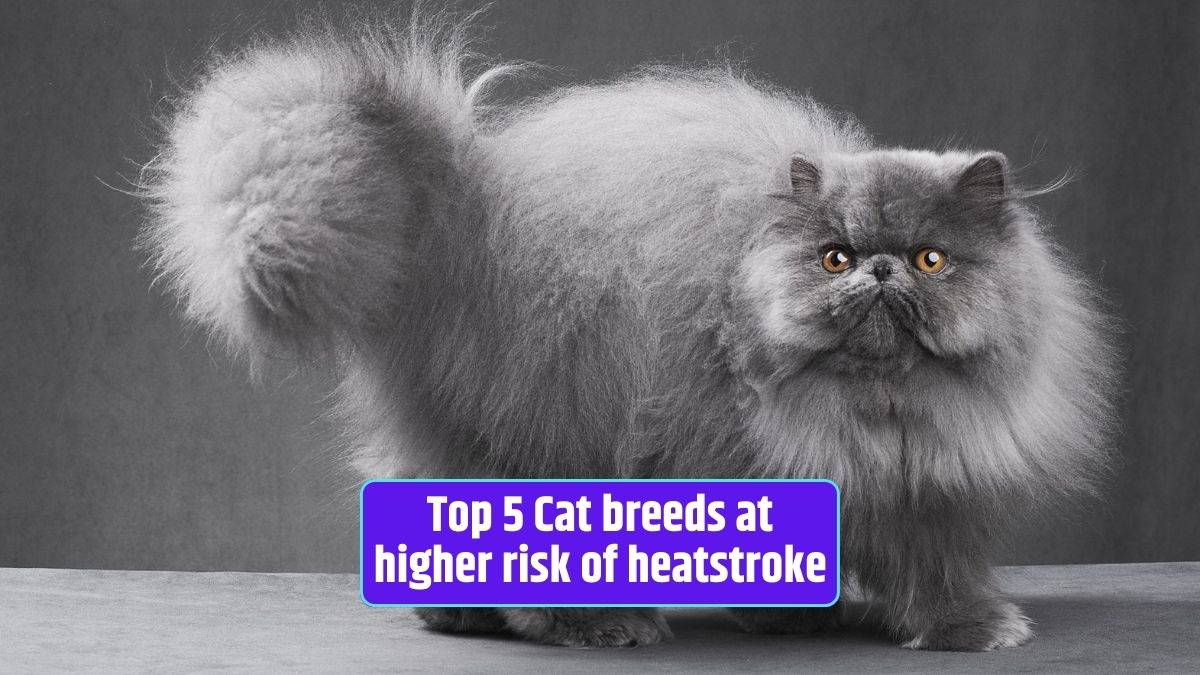Cats are captivating creatures with their graceful movements and charming personalities. As a responsible cat owner, it’s essential to understand the fundamental aspects of your feline friend’s health.
One of these vital parameters is their heart rate. In this article, we will explore what constitutes a cat’s normal heart rate, why it’s important, and how to monitor it.
Significance
A cat’s heart rate is a crucial indicator of their overall health. It reflects how efficiently their heart is pumping blood throughout their body. Monitoring your cat’s heart rate can help in early detection of potential health issues and ensure that they are in good condition.
Normal Heart Rate
The normal heart rate for a cat can vary depending on their age, size, and activity level. However, as a general guideline:
- At Rest: A healthy adult cat’s heart rate at rest typically ranges from 140 to 220 beats per minute (BPM). Kittens tend to have higher resting heart rates.
- During Activity: When a cat is active or excited, their heart rate can increase to 200-300 BPM. This is a normal response to stimulation.
- Sleeping: During deep sleep, a cat’s heart rate may drop to as low as 100 BPM.
It’s important to note that individual variations can occur, so it’s essential to establish your cat’s baseline heart rate when they are healthy. This will help you notice any significant deviations from their normal heart rate.
Monitoring
Monitoring your cat’s heart rate at home can be a valuable practice. Here’s how you can do it:
- Find a Quiet Environment: Choose a calm, quiet setting where your cat is relaxed.
- Use a Stethoscope: To listen to your cat’s heart, you’ll need a stethoscope. Place it on your cat’s chest, just behind their front leg. Listen for the lub-dub sound, which represents each heartbeat.
- Count the Beats: Use a timer or watch with a second hand to count the number of beats in 15 seconds. Then, multiply this number by four to get the heart rate in BPM.
- Record the Results: Keep a record of your cat’s heart rate, along with the date and time. This will help you track any changes over time.
When to Be Concerned
If you notice a consistently elevated heart rate (above 220 BPM at rest) or an unusually slow heart rate (below 140 BPM at rest), it’s a cause for concern. Other signs to watch for include labored breathing, lethargy, weakness, and fainting. In such cases, consult your veterinarian promptly.
Conclusion
Understanding your cat’s normal heart rate and monitoring it regularly is a simple yet effective way to take charge of their well-being. By establishing a baseline heart rate and paying attention to any unusual changes, you can help ensure that your feline companion enjoys a long and healthy life.
FAQs
How can I measure my cat’s heart rate at home?
Use a stethoscope to listen to your cat’s heart and count the beats over 15 seconds, then multiply by four to get the BPM.
What is the normal heart rate for a resting cat?
A healthy resting cat typically has a heart rate ranging from 140 to 220 BPM.
Are there specific factors that can affect a cat’s heart rate?
Yes, a cat’s heart rate can be influenced by age, size, and activity level.
Why is it important to monitor my cat’s heart rate?
Monitoring your cat’s heart rate can help in early detection of potential health issues and ensure they are in good health.
What should I do if I notice a significant change in my cat’s heart rate?
If you notice a consistently elevated or unusually slow heart rate along with other concerning symptoms, consult your veterinarian.









